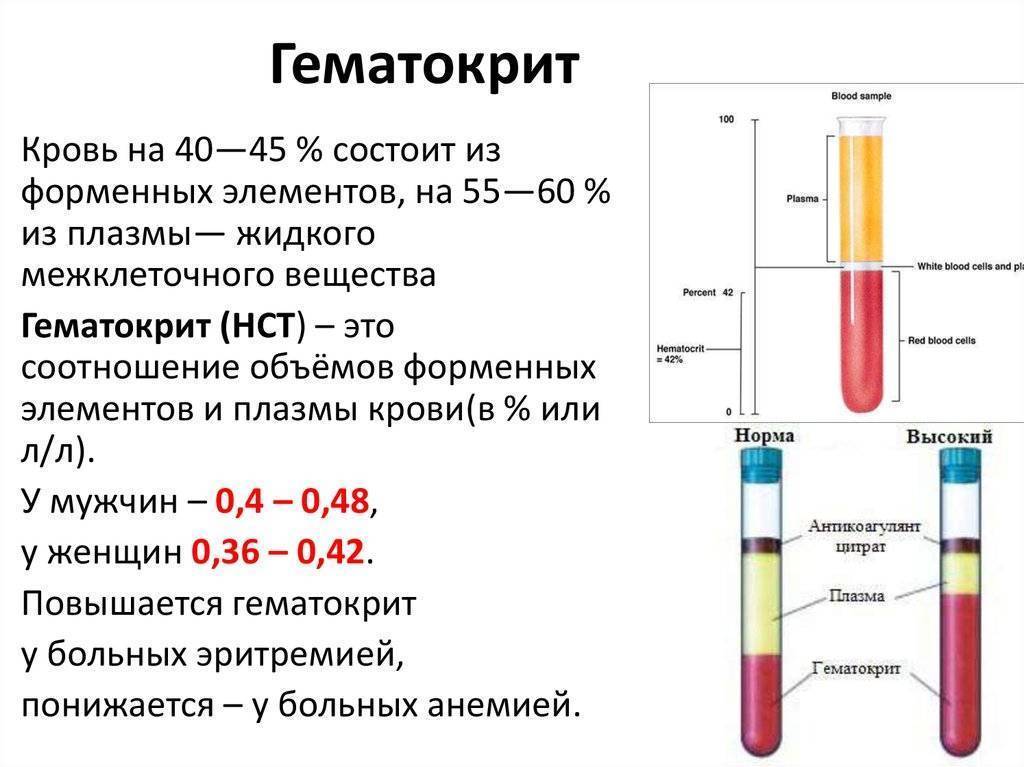Raised hematocrit. Elevated Hematocrit: Causes, Diagnosis, and Management
What are the common causes of elevated hematocrit. How is elevated hematocrit diagnosed. What are the treatment options for elevated hematocrit. When should patients with high hematocrit levels seek medical attention. How does elevated hematocrit affect overall health. What lifestyle changes can help manage elevated hematocrit. Are there any potential complications of untreated high hematocrit.
Understanding Hematocrit: Definition and Normal Ranges
Hematocrit is a crucial blood test that measures the percentage of red blood cells in a person’s total blood volume. This test provides valuable insights into an individual’s overall health and can help diagnose various medical conditions. But what exactly constitutes a normal hematocrit level?
Normal hematocrit ranges vary depending on age, sex, and other factors:
- Adult men: 38.3% to 48.6%
- Adult women: 35.5% to 44.9%
- Children: 32% to 44%
- Newborns: 42% to 65%
When hematocrit levels exceed these ranges, it’s considered elevated or raised hematocrit. This condition can have various implications for a person’s health and requires further investigation to determine the underlying cause.

Common Causes of Elevated Hematocrit
Elevated hematocrit can stem from numerous factors, ranging from benign conditions to more serious health issues. Understanding these causes is essential for proper diagnosis and treatment. Some of the most common reasons for raised hematocrit include:
Dehydration
Dehydration is one of the most frequent causes of temporarily elevated hematocrit. When the body lacks sufficient fluids, the concentration of red blood cells in the blood increases, leading to a higher hematocrit reading. This condition is often easily reversible with proper hydration.
Polycythemia Vera
Polycythemia vera is a rare blood disorder characterized by the overproduction of red blood cells in the bone marrow. This condition can lead to persistently high hematocrit levels and may require long-term management.
Chronic Lung Diseases
Conditions such as chronic obstructive pulmonary disease (COPD) and sleep apnea can cause the body to produce more red blood cells to compensate for low oxygen levels, resulting in elevated hematocrit.

High Altitude Living
People living at high altitudes often have higher hematocrit levels as their bodies adapt to the lower oxygen levels in the atmosphere by producing more red blood cells.
Certain Medications
Some medications, particularly those used to treat anemia or stimulate red blood cell production, can lead to increased hematocrit levels.
Diagnosing Elevated Hematocrit: Tests and Procedures
Diagnosing elevated hematocrit typically involves a series of tests and procedures to determine the underlying cause. The process usually begins with a complete blood count (CBC) test, which measures various components of the blood, including hematocrit levels.
If elevated hematocrit is detected, further testing may be necessary:
- Blood smear examination
- Erythropoietin level test
- Genetic testing for JAK2 mutations (associated with polycythemia vera)
- Oxygen saturation test
- Bone marrow biopsy (in some cases)
These tests help healthcare providers differentiate between primary causes (such as polycythemia vera) and secondary causes (like lung diseases or dehydration) of elevated hematocrit.
:max_bytes(150000):strip_icc()/What-does-high-neutrophils-low-lymphocytes-mean-5210245_final-18f3a6d8f4034189a893739a7f438d4f.jpg)
Symptoms and Signs of High Hematocrit
Elevated hematocrit can manifest in various ways, and some individuals may not experience any noticeable symptoms. However, common signs and symptoms associated with high hematocrit levels include:
- Headaches
- Dizziness
- Fatigue
- Shortness of breath
- Itchy skin (particularly after bathing)
- Reddened skin or flushing
- Vision problems
- Chest pain
In severe cases or when left untreated, elevated hematocrit can lead to more serious complications such as blood clots, which may result in stroke or heart attack. It’s crucial for individuals experiencing these symptoms to seek medical attention promptly.
Treatment Options for Elevated Hematocrit
The treatment for elevated hematocrit depends largely on the underlying cause and the severity of the condition. Healthcare providers may recommend various approaches to manage high hematocrit levels:
Phlebotomy
Phlebotomy, or therapeutic bloodletting, is a common treatment for polycythemia vera and other conditions causing persistently high hematocrit. This procedure involves removing a certain amount of blood to reduce the concentration of red blood cells.
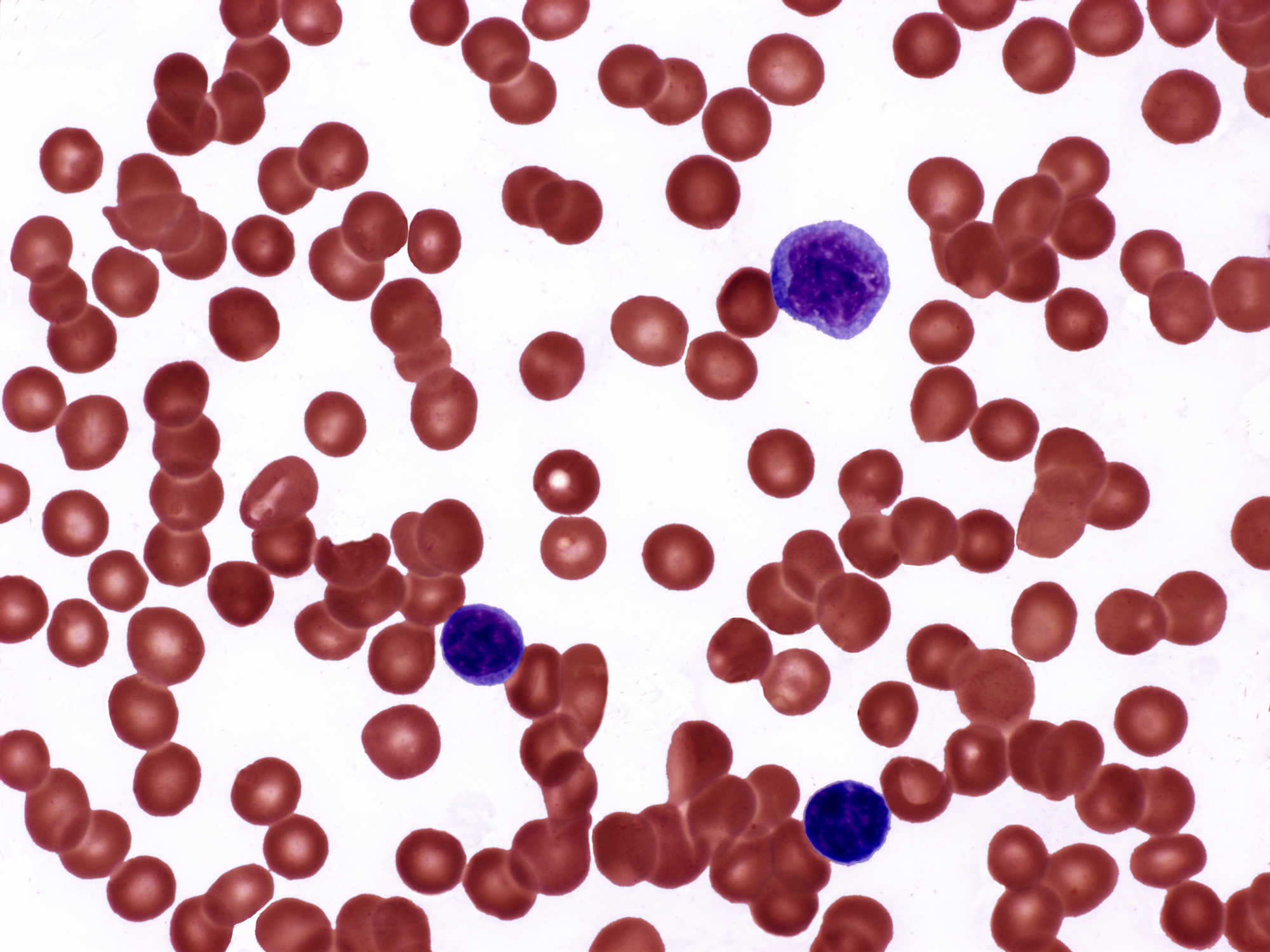
Hydration
For cases of elevated hematocrit due to dehydration, increasing fluid intake is often sufficient to bring levels back to normal. Healthcare providers may recommend oral rehydration or, in severe cases, intravenous fluids.
Medication
Certain medications can help manage elevated hematocrit, especially in cases of polycythemia vera. These may include:
- Hydroxyurea: Reduces red blood cell production
- Interferon alfa: Suppresses bone marrow activity
- Ruxolitinib: Targets specific genetic mutations associated with polycythemia vera
Treating Underlying Conditions
When elevated hematocrit is secondary to another medical condition, such as lung disease or sleep apnea, treating the primary condition often helps normalize hematocrit levels.
Lifestyle Changes to Manage Elevated Hematocrit
In addition to medical treatments, certain lifestyle modifications can help manage elevated hematocrit and improve overall health:
- Stay hydrated: Drink plenty of water throughout the day to maintain proper blood volume.
- Avoid tobacco: Smoking can further increase hematocrit levels and exacerbate related health risks.
- Exercise regularly: Moderate exercise can help improve circulation and overall cardiovascular health.
- Maintain a healthy diet: Eating a balanced diet rich in fruits, vegetables, and whole grains can support overall health and potentially help manage hematocrit levels.
- Limit alcohol consumption: Excessive alcohol intake can contribute to dehydration and affect blood cell production.
These lifestyle changes, when combined with appropriate medical treatment, can significantly improve outcomes for individuals with elevated hematocrit.
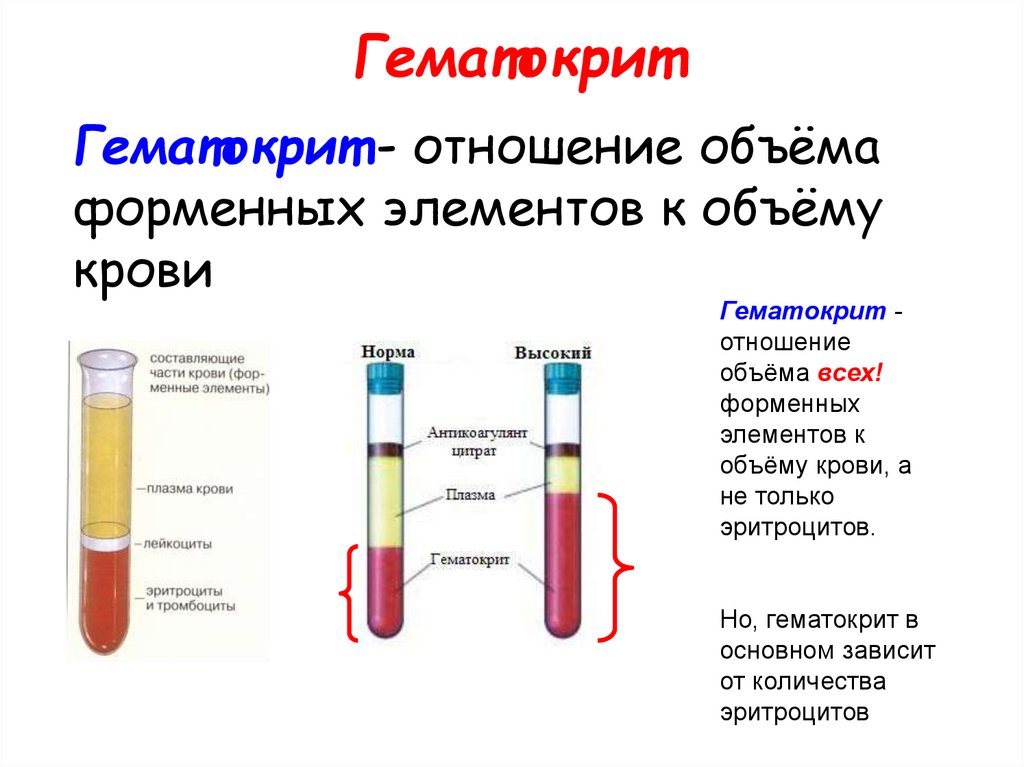
Potential Complications of Untreated Elevated Hematocrit
Left untreated, elevated hematocrit can lead to serious health complications. The increased viscosity of blood due to high red blood cell concentration can impair circulation and increase the risk of blood clots. Some potential complications include:
- Deep vein thrombosis (DVT)
- Pulmonary embolism
- Stroke
- Heart attack
- Portal vein thrombosis
- Budd-Chiari syndrome (hepatic vein thrombosis)
These complications underscore the importance of proper diagnosis and management of elevated hematocrit. Regular monitoring and adherence to treatment plans can significantly reduce the risk of these serious health issues.
When to Seek Medical Attention for High Hematocrit
While mildly elevated hematocrit may not always require immediate medical attention, certain situations warrant prompt consultation with a healthcare provider. Individuals should seek medical care if they experience:
- Persistent symptoms such as headaches, dizziness, or vision changes
- Unexplained fatigue or weakness
- Chest pain or shortness of breath
- Signs of blood clots, such as swelling, redness, or pain in the legs
- Unexplained weight loss
- Night sweats
- Itching, especially after bathing
Additionally, individuals with known risk factors for elevated hematocrit, such as living at high altitudes or having a history of blood disorders, should undergo regular check-ups and hematocrit testing as recommended by their healthcare provider.
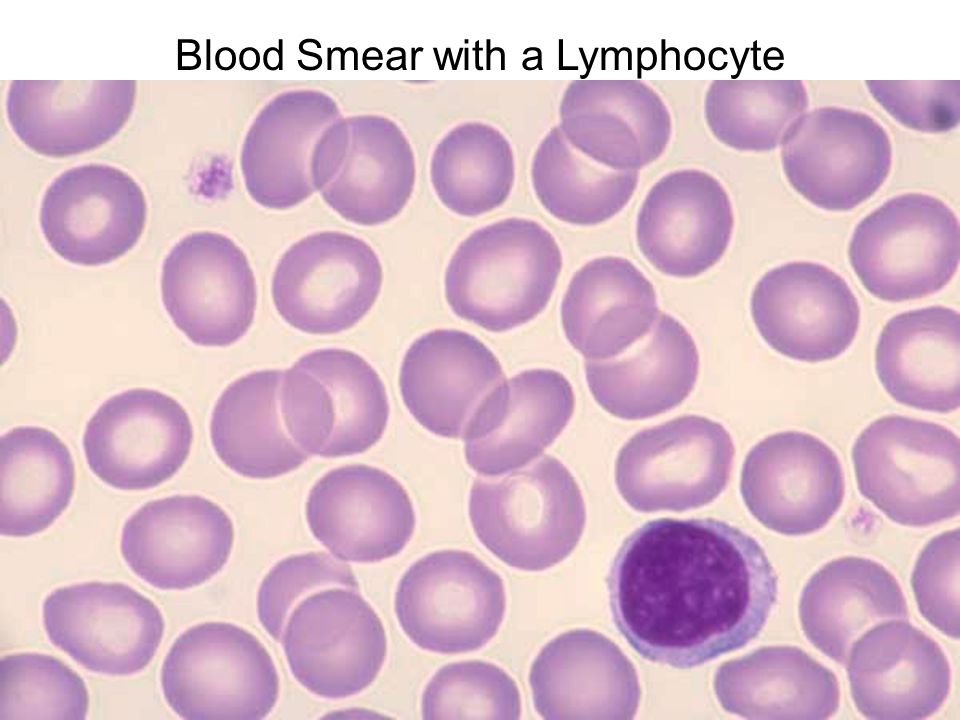
By staying vigilant and seeking timely medical attention, individuals can help ensure early detection and appropriate management of elevated hematocrit, potentially preventing more serious health complications.
Elevated Hemoglobin or Hematocrit Level | Hematology | JAMA
Elevated Hemoglobin or Hematocrit Level | Hematology | JAMA | JAMA Network
[Skip to Navigation]
This Issue
View Metrics
-
Download PDF -
Full Text -
Share
Twitter
Facebook
Email
LinkedIn -
Cite This -
Permissions
JAMA Diagnostic Test Interpretation
May 24/31, 2016
Robyn M. Scherber, MD, MPH1,2; Ruben A. Mesa, MD2
Scherber, MD, MPH1,2; Ruben A. Mesa, MD2
Author AffiliationsArticle Information
-
1Oregon Health and Sciences University, Portland
-
2Mayo Clinic, Scottsdale, Arizona
JAMA. 2016;315(20):2225-2226. doi:10.1001/jama.2016.2435
Full Text
A 71-year-old woman presented for evaluation of an elevated hemoglobin level (16.2 g/dL) that was incidentally discovered during a recent emergency department visit. She reported night sweats and some excessive fatigue over the last few months. She was unaware of any family history of blood disorders. Her physical examination revealed normal heart sounds and no splenomegaly (Table).
Full Text
Add or change institution
- Academic Medicine
- Acid Base, Electrolytes, Fluids
- Allergy and Clinical Immunology
- Anesthesiology
- Anticoagulation
- Art and Images in Psychiatry
- Assisted Reproduction
- Bleeding and Transfusion
- Cardiology
- Caring for the Critically Ill Patient
- Challenges in Clinical Electrocardiography
- Climate and Health
- Clinical Challenge
- Clinical Decision Support
- Clinical Implications of Basic Neuroscience
- Clinical Pharmacy and Pharmacology
- Complementary and Alternative Medicine
- Consensus Statements
- Coronavirus (COVID-19)
- Critical Care Medicine
- Cultural Competency
- Dental Medicine
- Dermatology
- Diabetes and Endocrinology
- Diagnostic Test Interpretation
- Drug Development
- Electronic Health Records
- Emergency Medicine
- End of Life
- Environmental Health
- Equity, Diversity, and Inclusion
- Ethics
- Facial Plastic Surgery
- Gastroenterology and Hepatology
- Genetics and Genomics
- Genomics and Precision Health
- Geriatrics
- Global Health
- Guide to Statistics and Methods
- Guidelines
- Hair Disorders
- Health Care Delivery Models
- Health Care Economics, Insurance, Payment
- Health Care Quality
- Health Care Reform
- Health Care Safety
- Health Care Workforce
- Health Disparities
- Health Inequities
- Health Informatics
- Health Policy
- Hematology
- History of Medicine
- Humanities
- Hypertension
- Images in Neurology
- Implementation Science
- Infectious Diseases
- Innovations in Health Care Delivery
- JAMA Infographic
- Law and Medicine
- Leading Change
- Less is More
- LGBTQIA Medicine
- Lifestyle Behaviors
- Medical Coding
- Medical Devices and Equipment
- Medical Education
- Medical Education and Training
- Medical Journals and Publishing
- Melanoma
- Mobile Health and Telemedicine
- Narrative Medicine
- Nephrology
- Neurology
- Neuroscience and Psychiatry
- Notable Notes
- Nursing
- Nutrition
- Nutrition, Obesity, Exercise
- Obesity
- Obstetrics and Gynecology
- Occupational Health
- Oncology
- Ophthalmology
- Orthopedics
- Otolaryngology
- Pain Medicine
- Pathology and Laboratory Medicine
- Patient Care
- Patient Information
- Pediatrics
- Performance Improvement
- Performance Measures
- Perioperative Care and Consultation
- Pharmacoeconomics
- Pharmacoepidemiology
- Pharmacogenetics
- Pharmacy and Clinical Pharmacology
- Physical Medicine and Rehabilitation
- Physical Therapy
- Physician Leadership
- Poetry
- Population Health
- Professional Well-being
- Professionalism
- Psychiatry and Behavioral Health
- Public Health
- Pulmonary Medicine
- Radiology
- Regulatory Agencies
- Research, Methods, Statistics
- Resuscitation
- Rheumatology
- Risk Management
- Scientific Discovery and the Future of Medicine
- Shared Decision Making and Communication
- Sleep Medicine
- Sports Medicine
- Stem Cell Transplantation
- Substance Use and Addiction Medicine
- Surgery
- Surgical Innovation
- Surgical Pearls
- Teachable Moment
- Technology and Finance
- The Art of JAMA
- The Arts and Medicine
- The Rational Clinical Examination
- Tobacco and e-Cigarettes
- Toxicology
- Translational Medicine
- Trauma and Injury
- Treatment Adherence
- Ultrasonography
- Urology
- Users’ Guide to the Medical Literature
- Vaccination
- Venous Thromboembolism
- Veterans Health
- Violence
- Women’s Health
- Workflow and Process
- Wound Care, Infection, Healing
Save Preferences
Privacy Policy | Terms of Use
Hematocrit | Lab Tests | GLOWM
Source: Operational Medicine 2001, Health Care in Military Settings, NAVMED P-5139, May 1, 2001, Bureau of Medicine and Surgery, Department of the Navy, 2300 E Street NW, Washington, D.C., 20372-5300 |
“Why is the hematocrit increased in the blood, what does this mean?” — Yandex Q
Yandex.Health
Yandex.Health
Main Q
Community Feed
About Community
Members
Community Tags 900 03 Chief Editor Y.Zdorovya
Medicine
4.0K
Application and website for online consultations with doctors April 3, 2019 health.yandex.ru
The indicator of the level of erythrocytes, leukocytes and platelets for the entire volume of blood in the body is called hematocrit.
Usually this indicator is displayed as a percentage, less often as a fractional number. The definition of this indicator makes it possible to see the presence of any disease and the degree of its development.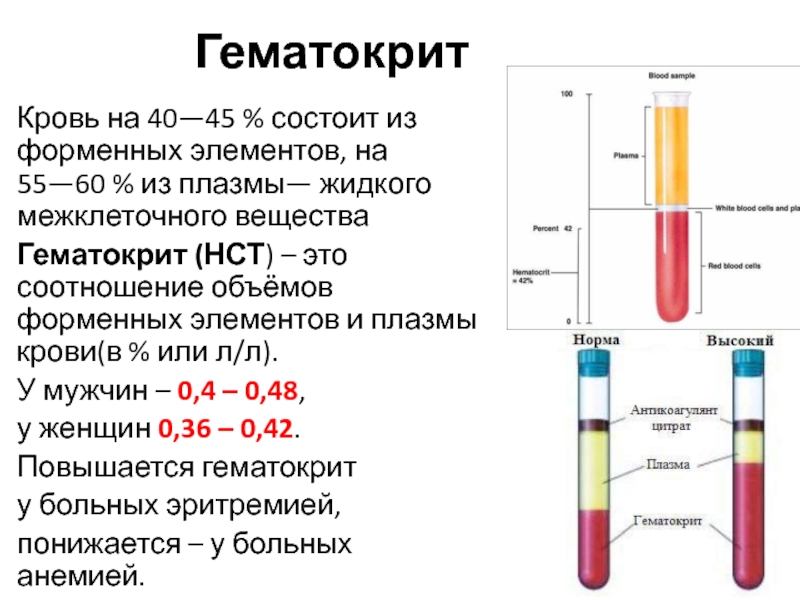
The main reason for an increase in hematocrit is an increase in the number of red blood cells (overproduction in the bone marrow) or an increase in their size, which creates additional volume. What does this mean, and what causal factors contribute to this, we will consider in this article.
Hematocrit norm
Blood must be drawn for analysis. The biological material is placed in a sterile flask, after which the vessel is closed and sent to the centrifuge. Here, the blood undergoes a process of separation into its component parts. To do this, it is in a centrifuge for one and a half hours, and during this time all components are separated from each other.
Normal hematocrit values depend on the person’s sex and age:
- adult male – 40-48%;
- adult woman – 36-46%;
- newborn child – up to 60%;
- children under 13 – up to 38-40%.
If the tests show that the norm for women and men is violated and is more than 0. 55, then the patient has an increased hematocrit. Due to the high concentration of leukocytes, erythrocytes and platelets in the blood, the viscosity of the blood increases, and this causes the formation and growth of blood clots in the vessels.
55, then the patient has an increased hematocrit. Due to the high concentration of leukocytes, erythrocytes and platelets in the blood, the viscosity of the blood increases, and this causes the formation and growth of blood clots in the vessels.
signs
The first “bell” in case of hematocrit above normal is frequent dizziness. A high number of red blood cells is able to bind and carry more oxygen, leading to mild but permanent poisoning – hyperoxia.
As the disease progresses, the poisoning becomes more severe, causing nausea, a state of slight dazedness, numbness of the extremities, and difficulty in breathing.
Causes of increased hematocrit
Why is the hematocrit in the blood of adults elevated, what does this mean? The reasons for the increase in hematocrit can be both pathological and physiological, which are not associated with certain diseases.
The body always strives to maintain the balance of internal processes, therefore, in case of deviations from physiological norms, compensatory mechanisms are activated. An increase in hematocrit in the blood is one of the quantitative characteristics of the physiological “adjustment” of the body to new living conditions.
An increase in hematocrit in the blood is one of the quantitative characteristics of the physiological “adjustment” of the body to new living conditions.
So, let’s look at the most common causes of increased hematocrit in adults:
- As a result of dehydration, or dehydration. In this case, the amount of circulating blood in the bed decreases due to a decrease in plasma volume. This can happen with vomiting, diarrhea, overheating, heavy sweating, and insufficient fluid intake. In this case, the body is forced to take water from the bloodstream. Thus, the ratio of the volume of the erythrocyte fraction and the total volume changes, the blood becomes thicker due to a decrease in the amount of plasma.
- Diseases that reduce the volume of plasma in the blood. They do not affect the amount of blood elements themselves, but second-degree burns, for example, form blisters in which plasma accumulates. It is taken just from the blood, increasing the hematocrit by reducing the second number in the indicator.
 Also, this group includes acute manifestations of diseases such as peritonitis, thrombosis or diabetes.
Also, this group includes acute manifestations of diseases such as peritonitis, thrombosis or diabetes. - Chronic hypoxia. In this state, there is not enough oxygen in the cells and tissues of the human body. Pathology is often detected in people who smoke or
suffer from diabetes
. Erythrocytes contain hemoglobin, which is responsible for the movement of oxygen, its transportation to cells, and the removal of carbon dioxide from the body. With hypoxia, which is present in a chronic form and has arisen for an objective reason, the body tries to eliminate the problem of oxygen deficiency by increased synthesis of red blood cells. The increase in hematocrit in this case occurs precisely because of the increased production of red blood cells.
- Long-term use of drugs: glucocorticoids and other hormonal drugs are especially dangerous in this regard. Diuretics also have a similar effect.
- Obtaining skin burns. Moreover, the larger the area of the skin lesion, the higher the hematocrit is recorded in the blood test.
 This is easily explained by the mobilization of all blood components to fight infections and bacteria penetrating the burn, as well as the need for an accelerated process of tissue regeneration.
This is easily explained by the mobilization of all blood components to fight infections and bacteria penetrating the burn, as well as the need for an accelerated process of tissue regeneration. - Diseases of the kidneys. Hydronephrosis, which reduces the body’s ability to absorb water, or neoplasms, polycystic, accompanied by an increased release of erythropoietin, the hormone responsible for the formation of red blood cells.
Anemia
, in which the body has a lack of vitamin B12 and iron.
- Blood disease, primarily leukemia.
- Development of peritonitis in the body.
- Polycystic disease in acute or chronic forms.
- Rapid development of erythremia in the body.
It is obvious that an analysis of only hematocrit without determining the number of red blood cells and their morphological features is unlikely to satisfy the demands of clinicians in the diagnosis of various hematological pathologies, since the test, although it carries general information, does not reveal the reason for the increase or decrease.
Therefore, when this value exceeds the norm, it can indicate both physiological processes in the body and diseases. A high hematocrit indicates thick blood, which means that there is a risk of developing thrombosis.
What can affect the hematocrit rate?
An increase, as well as a decrease in hematocrit, is not necessarily associated only with diseases or external influences in the form of injury or burns. There are at least two more factors that affect the increase in hematocrit.
- In those who smoke, the hematocrit increases due to oxygen starvation of the tissues, they produce red blood cells at an increased level.
- People who are forced to work or constantly be at height are also characterized by an increase in the level of hematocrit in the blood. This applies to climbers or just residents of high mountain areas. This factor is very similar to the previous one, because a person receives an insufficient amount of oxygen – its concentration decreases as the altitude increases.

- An elevated Ht level is typical for athletes using anabolic steroids to gain muscle mass.
- In newborns, the hematocrit is always elevated.
So, it is very important to take a hematocrit test in order to detect the development of certain pathologies in time.
What to do with elevated hematocrit?
Successful treatment and stabilization of the hematocrit level is based on the elimination of the underlying cause. In some cases, no special methods can be applied, it is enough to start breathing oxygen-enriched air, stop smoking, drink enough water and normalize your lifestyle. Also, with a strong increase in hematocrit, it is necessary to consult a doctor for the appointment of drugs that thin the blood – anticoagulants.
It is worth remembering that in the case of an increase in hematocrit, blood viscosity also increases. This leads to certain consequences. The risk of blood clots, which subsequently block arterial blood flow, increases. This may lead to
This may lead to
heart attacks
, ischemic stroke, gangrene or death depending on the location of the thrombus.
We’ve put together the most helpful information on what it means to have an “elevated hematocrit” so that you can now have an initial idea of your CBC results. Leave comments and share useful information with your loved ones.
Consequences
An increase in hematocrit is directly related to an increase in blood viscosity.
Thick blood is prone to the formation of clots, which, having gathered in a certain amount, already form a thrombus. Small blood clots begin to block the blood flow in thin capillary vessels, thereby blocking the nutrition of small areas of tissues first. A person can feel such overlap in the form of numbness, for example, fingers, toes, as well as the death of small areas of tissue.
But large blood clots can cause, first of all, big problems with the heart, up to death.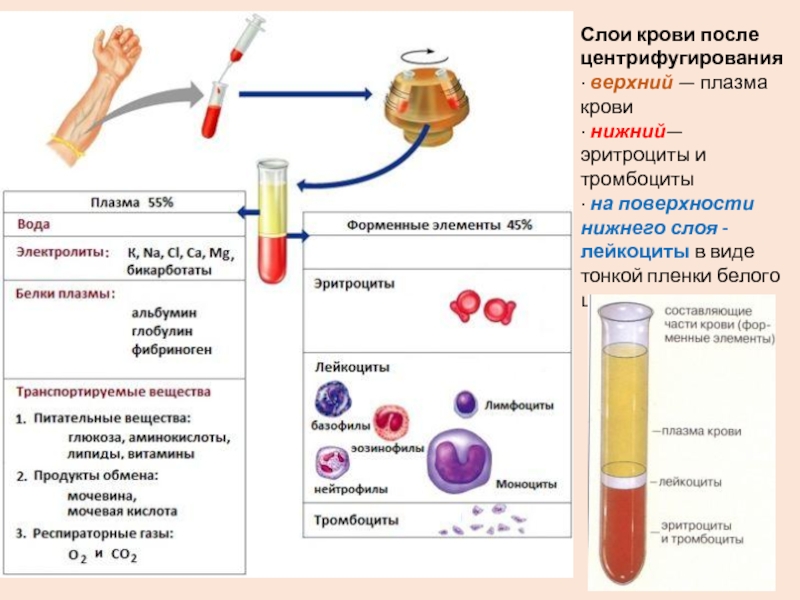
The way out of the current situation in blood thinning. This is a well-known recommendation.
Material provided
simptomy-treatment.net
Unverified posts in this thread should be treated with caution
Call experts
Medicine+1
28.0K
Comment on a post… Comment…
What does it mean if the hematocrit is elevated in an adult
What to do if the hematocrit is elevated as a result of a blood test, what does it mean in an adult? Measurement of hematocrit is a simple way to assess the content of red blood cells in the blood.
As a rule, the study is carried out in combination with the determination of the level of hemoglobin, erythrocyte sedimentation rate and platelet count. In this case, the diagnostic value of the indicator increases significantly. One indicator of hematocrit is not enough to determine the state of human health.
What does hematocrit show?
The hematocrit reading accurately reflects the volume of blood that is contained in red blood cells (erythrocytes). In addition, the indicator reflects the size of erythrocyte cells. The standard unit of measure is %.
In addition, the indicator reflects the size of erythrocyte cells. The standard unit of measure is %.
Advertising 10% GOOGLE native–>
Normal values for women from 18 to 45 years old range from 35 to 45%, for men of the same age – from 40 to 50%. With age, the value of the considered indicator begins to increase. So, for women over 60 years old, the allowable rate is in the range from 37 to 49, for men – from 40 to 55%.
A hematocrit value of 35% means that 35 ml of red blood cells are present in 100 ml of the test blood.
The examination is ordered by a general practitioner, pediatrician, surgeon, hematologist, gynecologist or endocrinologist. The analysis is carried out as part of a routine examination or if the development of diseases is suspected, as well as, if necessary, preparation for surgery. Repeated measures of the indicator are necessary to dynamically monitor the effectiveness of the selected treatments. The indicator is also relevant when assessing the patient’s condition after prolonged dehydration.
Hematocrit is elevated, what does this mean in an adult?
An increase in hematocrit in the blood is referred to as erythrocytosis. Relative erythrocytosis is said to be when the patient has a normal number of red blood cells against the background of a decrease in the volume of blood plasma. Let’s take a closer look at each of the conditions and their causes.
Relative erythrocytosis
Main causes:
- prolonged dehydration leading to a decrease in blood plasma volumes;
- burns;
- taking diuretic drugs that promote excessive release of fluid from the human body;
- increased permeability of capillary walls;
- hypertension;
- Geisbeck’s syndrome, which combines a decrease in plasma volumes with hypertension;
- adaptation to conditions of low oxygen content in the air. For example, when climbing high mountains.
Primary erythrocytosis
The increase in hematocrit in this case is due to defects associated with red blood cells. It develops against the background of Wakez’s disease (true polycythemia) – this is a benign pathology of the circulatory system. The patient has a significant increase in the number of erythrocytes and a slight increase in platelets and leukocytes. There is an increase in the viscosity and density of the blood. In the future, a person’s normal blood flow slows down. The formation of blood clots contributing to hypoxia is not excluded.
It develops against the background of Wakez’s disease (true polycythemia) – this is a benign pathology of the circulatory system. The patient has a significant increase in the number of erythrocytes and a slight increase in platelets and leukocytes. There is an increase in the viscosity and density of the blood. In the future, a person’s normal blood flow slows down. The formation of blood clots contributing to hypoxia is not excluded.
Pathology affects mainly the elderly, it is less common in young people and children. According to statistics: the average age of patients is 75 years. In young people, the disease is much more severe. The prevalence of the disease does not exceed 29 detected cases per 100 thousand people.
The peculiarity of Wakez’s disease is a long course without clinical manifestations. Hereditary predisposition has been noted.
Complications occur against the background of thrombosis of blood vessels. What prevents the normal blood supply to the brain, limbs and liver. Patients have frequent bleeding and ulcers of the gastrointestinal tract. Due to the increased content of uric acid, stones form in the urinary organs.
Patients have frequent bleeding and ulcers of the gastrointestinal tract. Due to the increased content of uric acid, stones form in the urinary organs.
Wakez disease therapy is reduced to blood thinning and the fight against thrombosis. For help, you should contact a hematologist. Patients are prescribed bloodletting and chemotherapy, which help to reduce the number of red blood cells in the plasma. If necessary, symptomatic treatment is selected.
Patient’s life expectancy exceeds 10 years. Possible adverse outcomes: the development of liver cirrhosis, myelofibrosis or chronic myeloblastic leukemia.
Primary erythrocytosis is also characteristic of a rare genetic pathology – shortening of erythropoietin receptors. Erythropoietin is a hormone synthesized by the kidneys and is responsible for stimulating the formation of red blood cells. Pathology is characterized by increased sensitivity of red blood cells to the hormone, even at its minimum concentrations.
Secondary erythrocytosis
The secondary form of elevated hematocrit (erythrocytosis) is detected when cells are exposed to various stimulants, such as erythropoietin.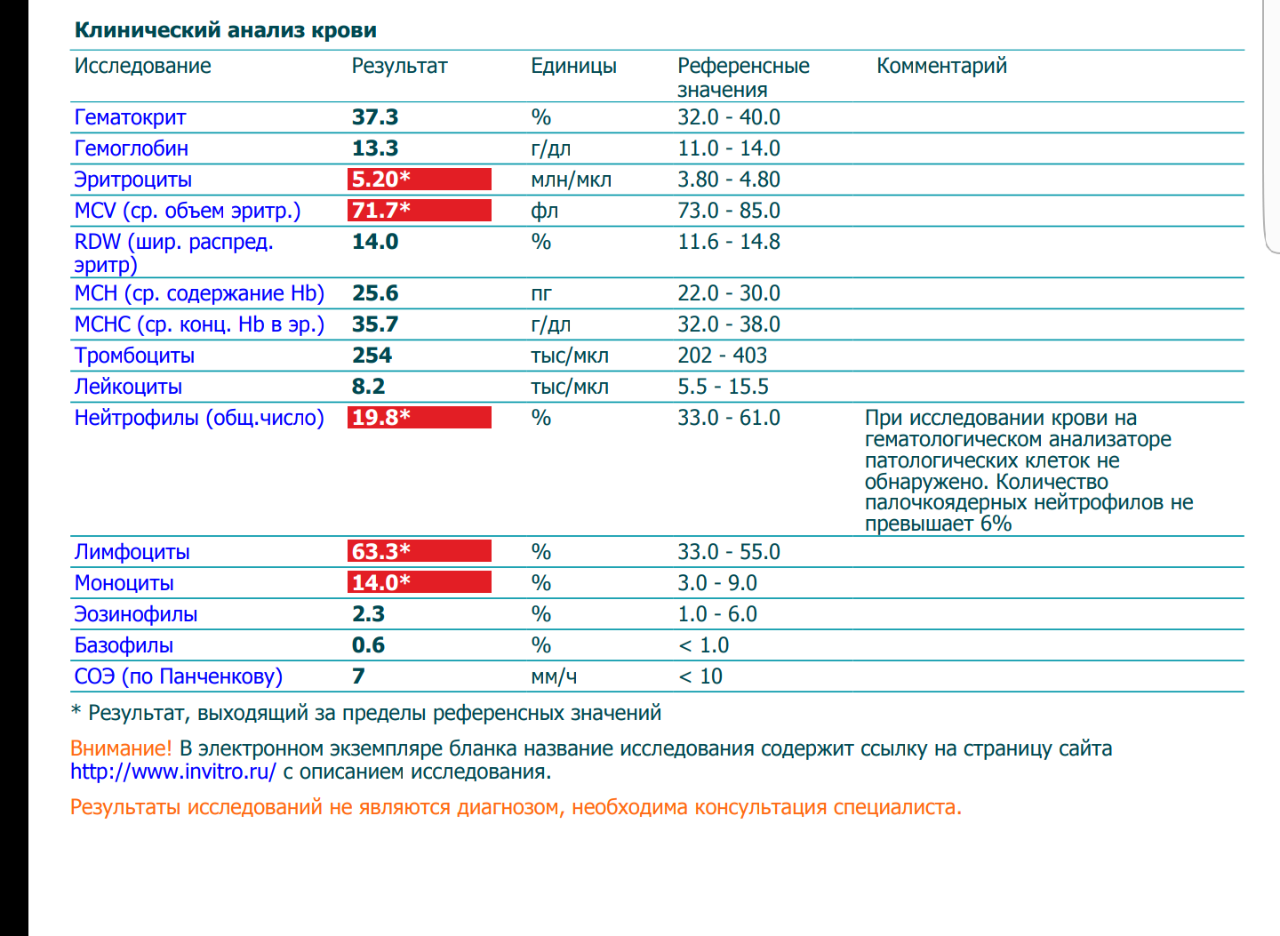 One of the most powerful incentives for excessive synthesis of the hormone erythropoietin is chronic hypoxia. It is noted in people with pathologies of the lungs and brain, when blood is discharged in the opposite direction (from right to left), as well as against the background of a long stay in the highlands.
One of the most powerful incentives for excessive synthesis of the hormone erythropoietin is chronic hypoxia. It is noted in people with pathologies of the lungs and brain, when blood is discharged in the opposite direction (from right to left), as well as against the background of a long stay in the highlands.
Smokers have a similar condition. Since the carbon monoxide contained in cigarette smoke significantly increases the affinity of hemoglobin for oxygen. This prevents its free separation from heme and leads to hypoxia.
Advertisement noindex–>
Increased blood hematocrit observed in people with hereditary pathologies:
- hemoglobinopathy with increased affinity for molecular oxygen;
- excessive synthesis of erythropoietin;
- lack of 2,3-diphosphoglycerate.
It should be noted that higher than normal hematocrit is recorded in people taking steroid male hormones.
In 60% of patients with kidney pathologies, secondary erythrocytosis is noted, which is not compensated by the body’s own forces.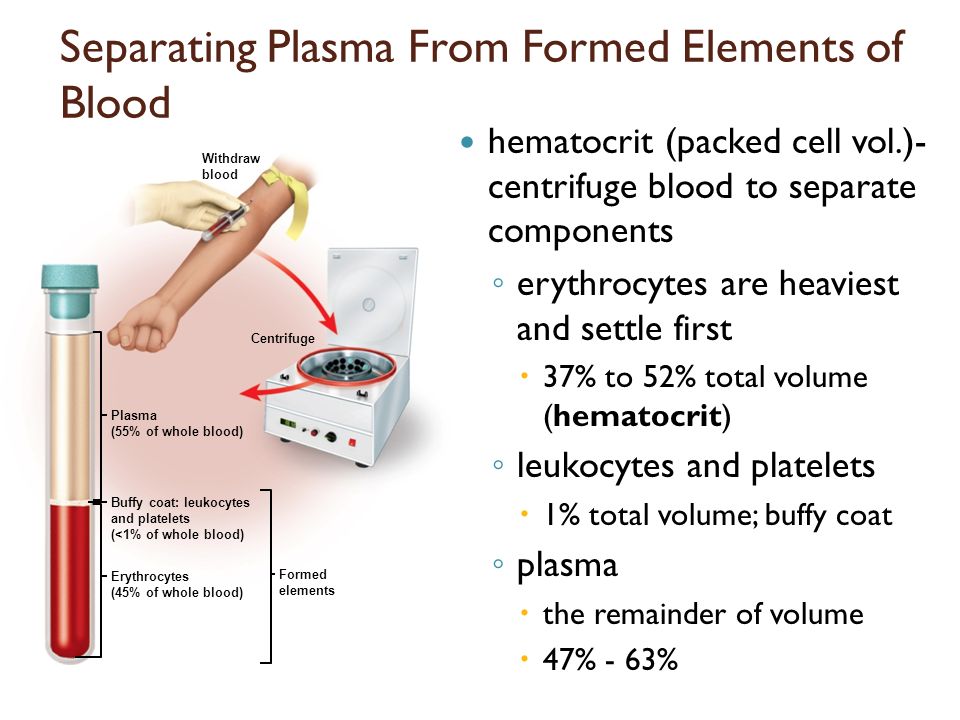 Half of the cases are oncological diseases, the rest are cysts and hydronephrosis.
Half of the cases are oncological diseases, the rest are cysts and hydronephrosis.
Advertisement 70% GOOGLE native mob–>
10% of kidney transplant recipients have secondary erythrocytosis. Cause: rejection of transplanted tissues, narrowing of the lumen of the renal arteries, hydronephrosis, hypertension and excessive secretion of erythropoietin by a healthy kidney. Patients are shown taking diuretic drugs, which also causes increased hematocrit in the blood.
According to the literature data, up to 20% of cases of erythrocytosis are due to a tumor of the vessels of the cerebellum of the brain and hepatocellular carcinoma.
Other causes
Rare causes of elevated hematocrit in adults include:
- fibromyoma is a benign neoplasm that forms in the tissues of the uterus in women. It is more common in premenopausal women. The treatment regimen for the patient is selected based on the size of the neoplasms and their number. There is a wait-and-see strategy that is used in the early stages of the disease.
 However, the scientific effectiveness of such a solution remains in question. Therefore, even small nodules should be treated immediately;
However, the scientific effectiveness of such a solution remains in question. Therefore, even small nodules should be treated immediately; - ovarian carcinoma is a malignant oncopathology that is found annually in 225,000 women. Despite the great progress in modern medicine and the developed diagnostic techniques, more than 70% of cases are detected already at a late stage. In treatment, preference is given to surgical removal of the affected tissues and chemotherapy. In the first stages, it is enough to remove one ovary. At later stages – the woman’s ovary, uterus and omentum are removed;
- Conn’s syndrome.
Diagnosis
When an elevated hematocrit is detected, it is necessary to conduct a comprehensive examination of the patient, including: It is necessary to exclude the state of chronic dehydration of the patient;
 Their combined increase indicates erythrocytosis;
Their combined increase indicates erythrocytosis;Differentiation of relative erythrocytosis from absolute is carried out using 51Cr. This is a highly sensitive technique using labeled antibodies. The intensity of radiation is directly proportional to the number of antigen-antibody complexes formed.
In order to exclude hypovolemia (decrease in blood plasma volume), a technique using labeled albumin protein is implemented.
Advanced diagnostics involves the use of ultrasound and computed tomography of the abdominal organs.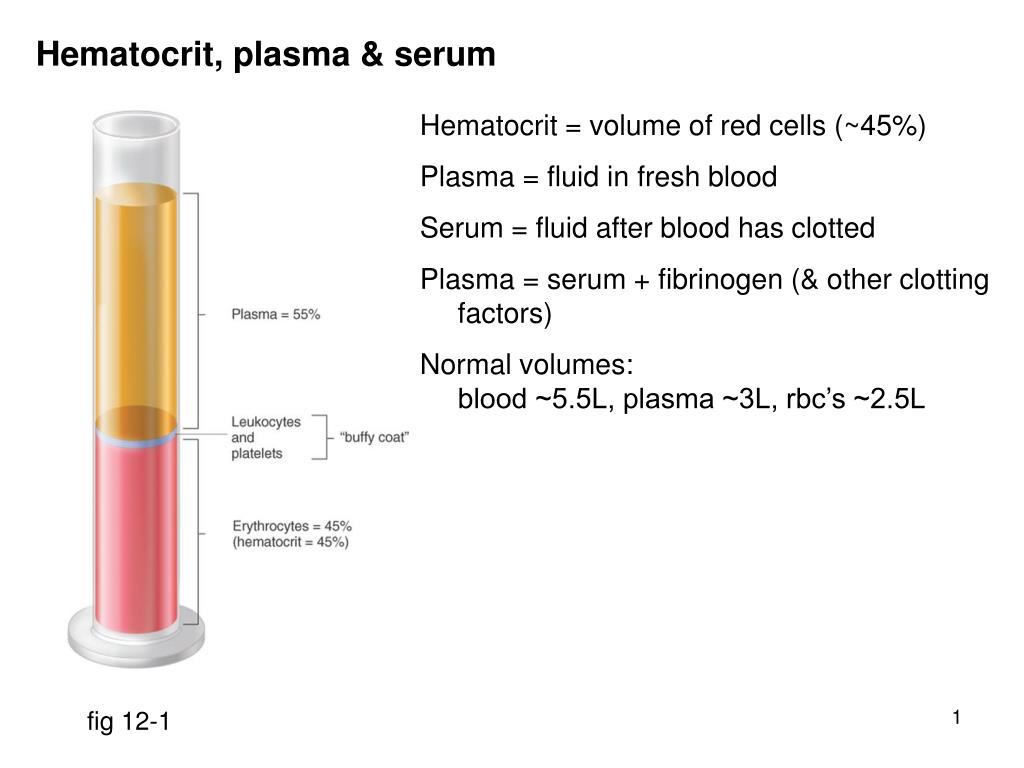
Conclusions
In summary, important points should be emphasized:
- hematocrit value reflects the total volume and size of red blood cells;
- , a special glass transparent tube is used to determine the value in question. It is filled with the studied biomaterial, after which it is centrifuged. Then the part of the tubule is marked, which is filled with red blood cells. However, modern laboratory departments are equipped with automatic analyzers. That allows you to get the most accurate indicators with a minimum error;
- hematocrit is not determined in isolation from other indicators of the general blood test. It is necessary to take into account the level of erythrocytes, neutrophils and leukocytes. Only in this case, the diagnostic significance of the indicator increases;
- the study is relevant as part of a routine examination of the patient and in the primary diagnosis of various diseases;
- An increase in the indicator can be caused by a number of different reasons.


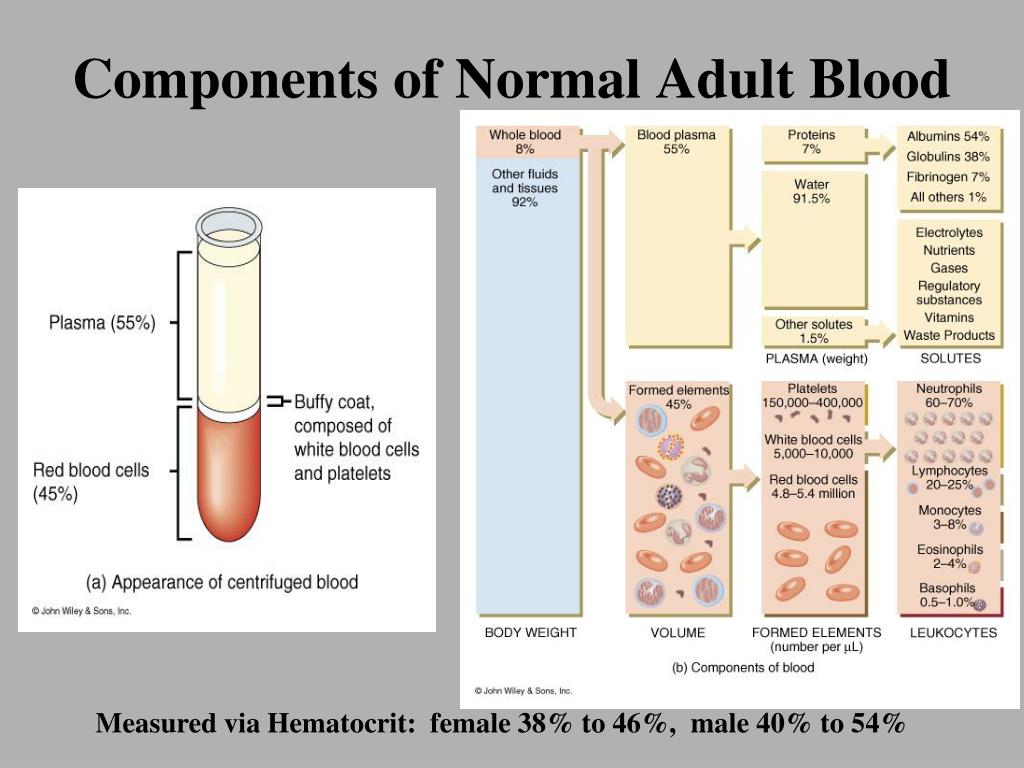
 Because of the carbon monoxide binding, they may still be functionally anemic, even though their hematocrit levels look good.
Because of the carbon monoxide binding, they may still be functionally anemic, even though their hematocrit levels look good. The actual normal values may vary from lab to lab and from one type of testing protocol to another.
The actual normal values may vary from lab to lab and from one type of testing protocol to another.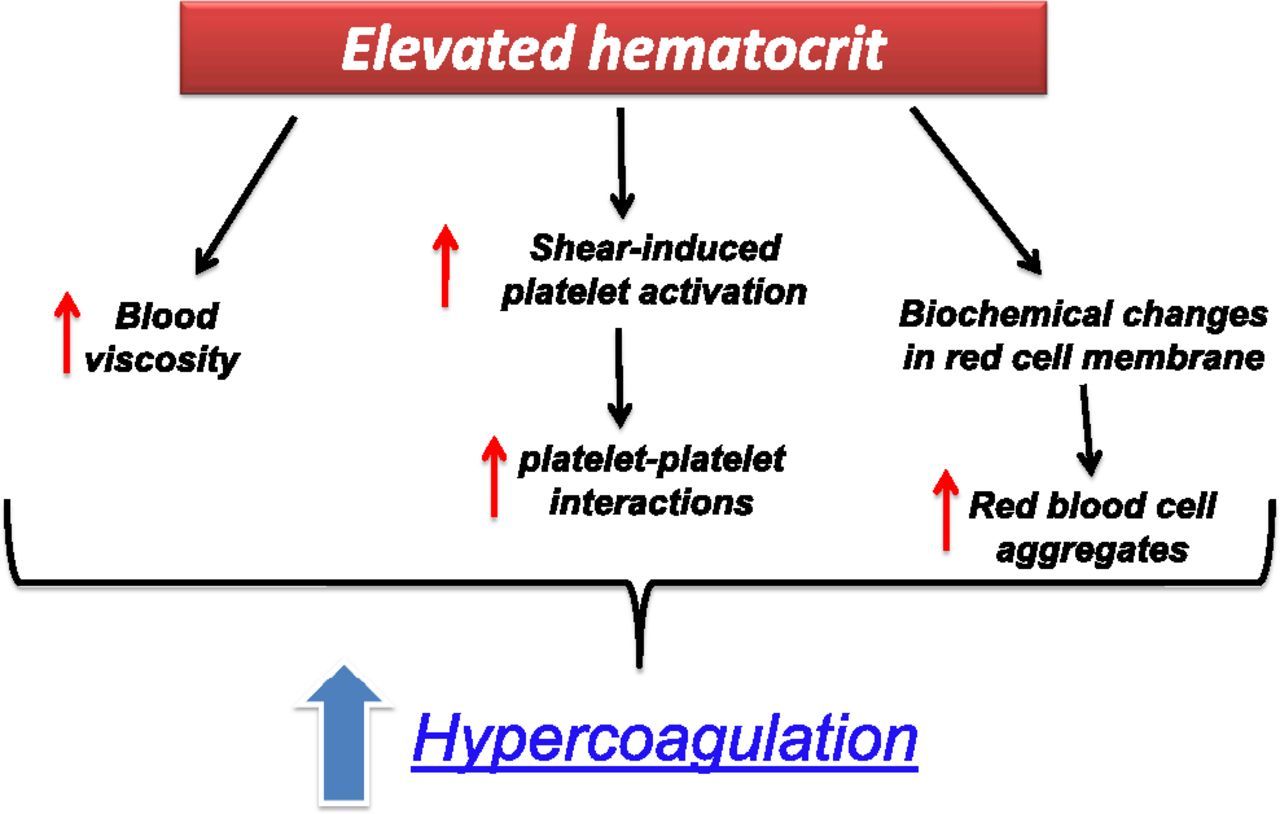 Also, this group includes acute manifestations of diseases such as peritonitis, thrombosis or diabetes.
Also, this group includes acute manifestations of diseases such as peritonitis, thrombosis or diabetes.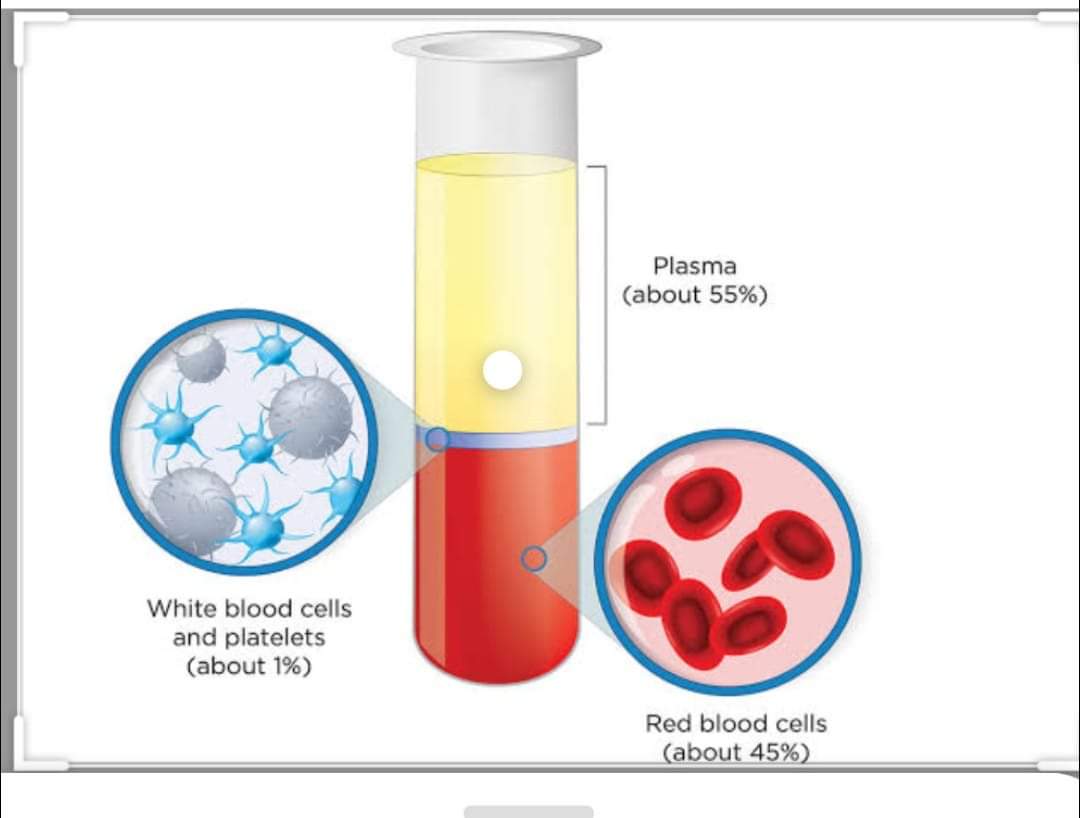 This is easily explained by the mobilization of all blood components to fight infections and bacteria penetrating the burn, as well as the need for an accelerated process of tissue regeneration.
This is easily explained by the mobilization of all blood components to fight infections and bacteria penetrating the burn, as well as the need for an accelerated process of tissue regeneration.
 However, the scientific effectiveness of such a solution remains in question. Therefore, even small nodules should be treated immediately;
However, the scientific effectiveness of such a solution remains in question. Therefore, even small nodules should be treated immediately;